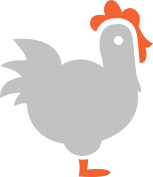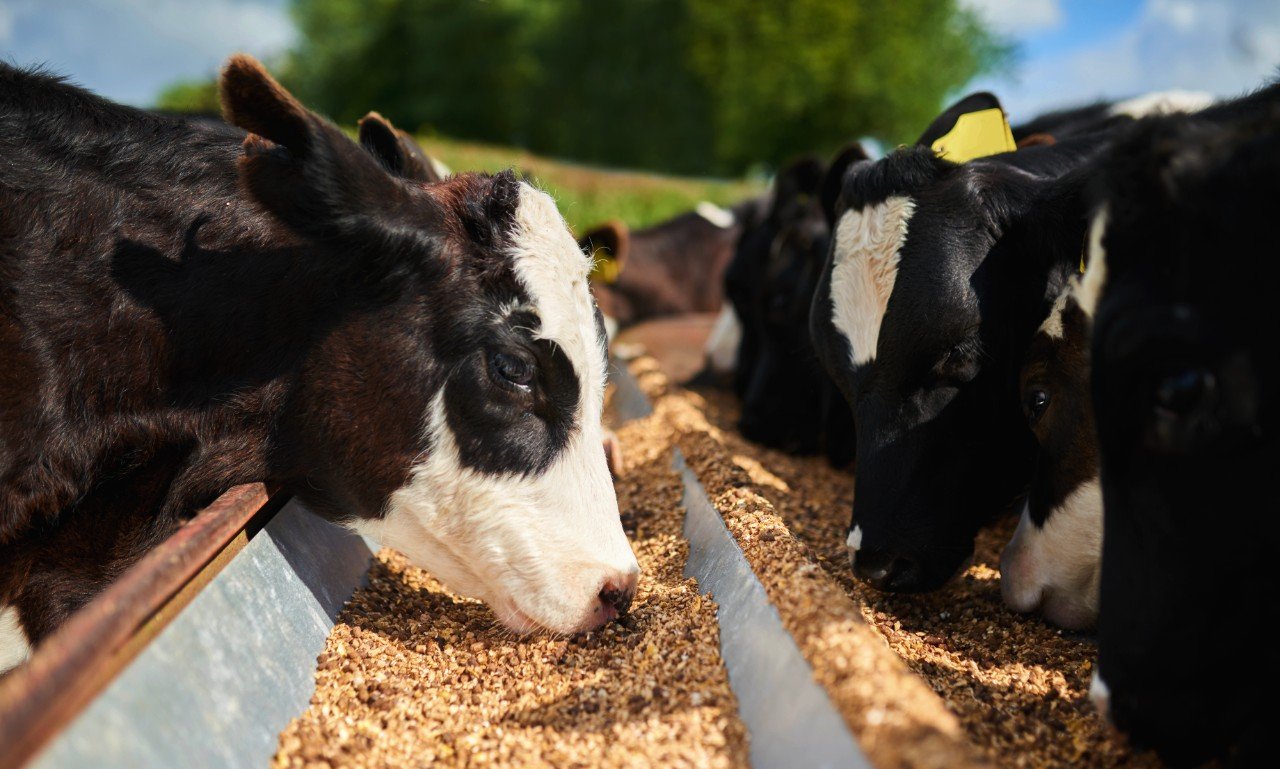
TRANSPARENCY FROM THE GRASS TO THE GLASS
ftrace in the dairy industry
Transparent supply chains are particularly important for consumers. Origin, processing, sustainability, feed and animal welfare are key considerations in this context. The dairy industry is characterised by its complex structure of upstream suppliers. This results in a constant mixing of batches during the production process, which must be taken into account. Traceability definitely pays off! According to surveys, consumers prefer to buy milk when they trust the milk’s origin.
A typical supply chain in the dairy industry
The following diagram shows a typical supply chain in the dairy industry. The individual process steps differ depending on the retail product.
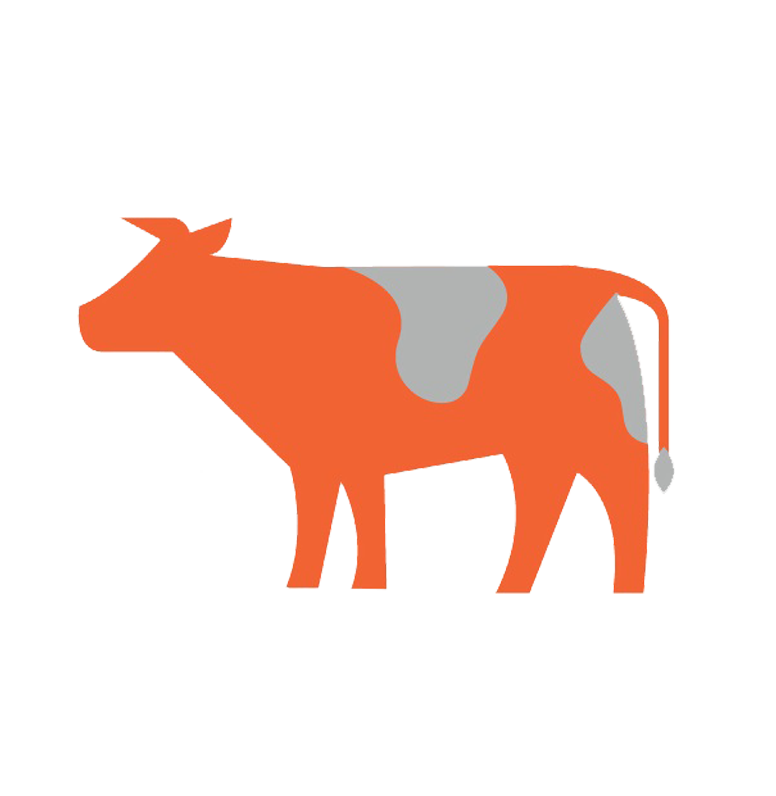
Birth and rearing
Dairy cows are born and raised.
Milking
Dairy cows are milked.

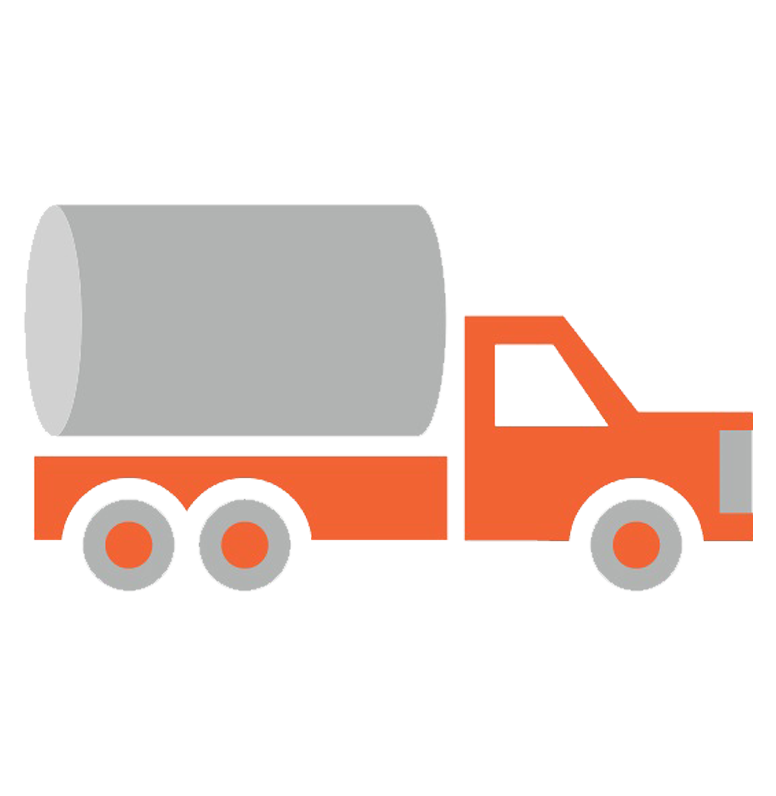
Collecting
The milk is collected from the dairies.
Storage
Raw milk is stored in tanks.
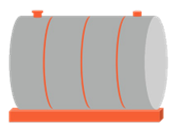

Manufacturing
Raw materials are processed into retail products.
Transport
Products are transported from the central warehouse to individual stores.


Sale
Products are sold to consumers.
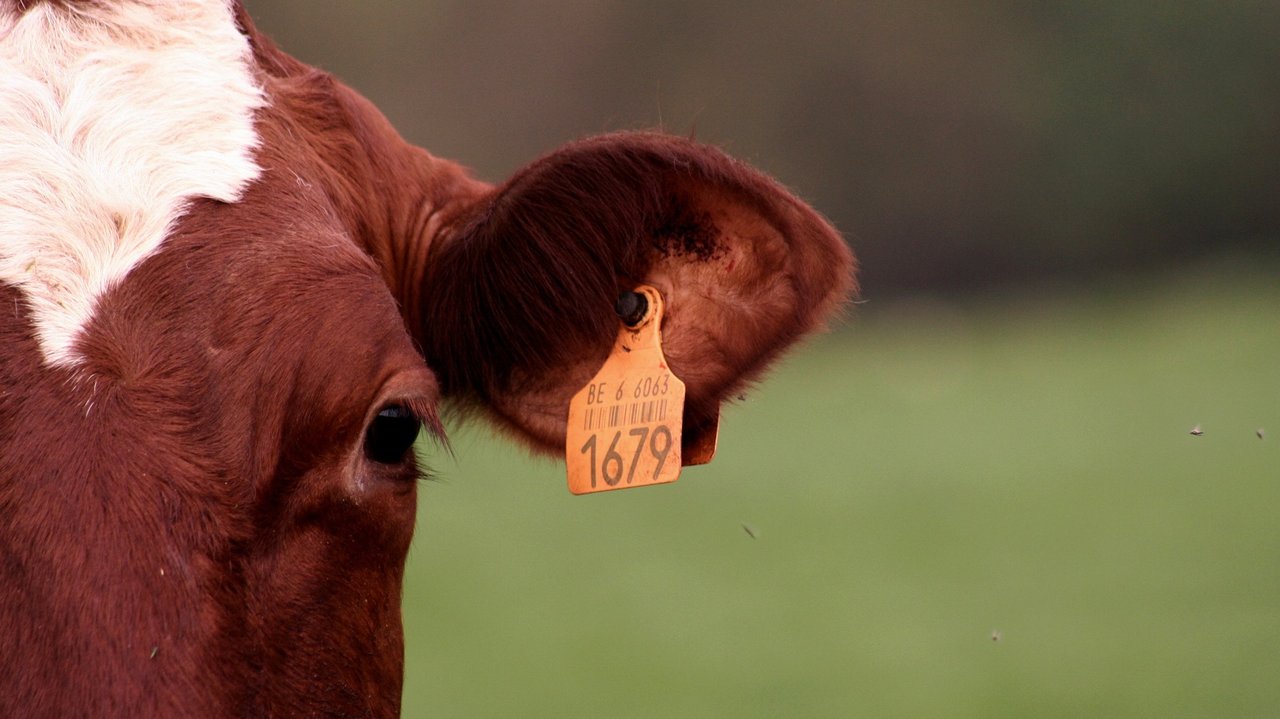
Achieving traceability efficiently
Large volumes of data – often from different data systems – need to be processed along the supply chain. Mapping complex supplier structures and production steps requires a huge amount of information. Manual processes are time-consuming and prone to errors. However, a company must be able to react rapidly, especially in the event of a crisis or in the course of food safety inspections. The ftrace tool enables companies to keep an eye on the entire supply chain and to provide standardised traceability information at the touch of a button.

A systematic approach to sustainability
Responsible business practices are becoming increasingly critical for success and are already a main focus for many companies in the industry. Consumers and NGOs are interested in the entire supply chain. Proving the implementation of sustainable practices – in the area of animal welfare with respect to animal housing, pasture access, feed and the use of antibiotics, for example – poses a major challenge. ftrace makes it possible to depict product flow data with sustainability information, certificates, audits or other quality reports, providing consumers with a comprehensive picture of key events between milk production and final processing.
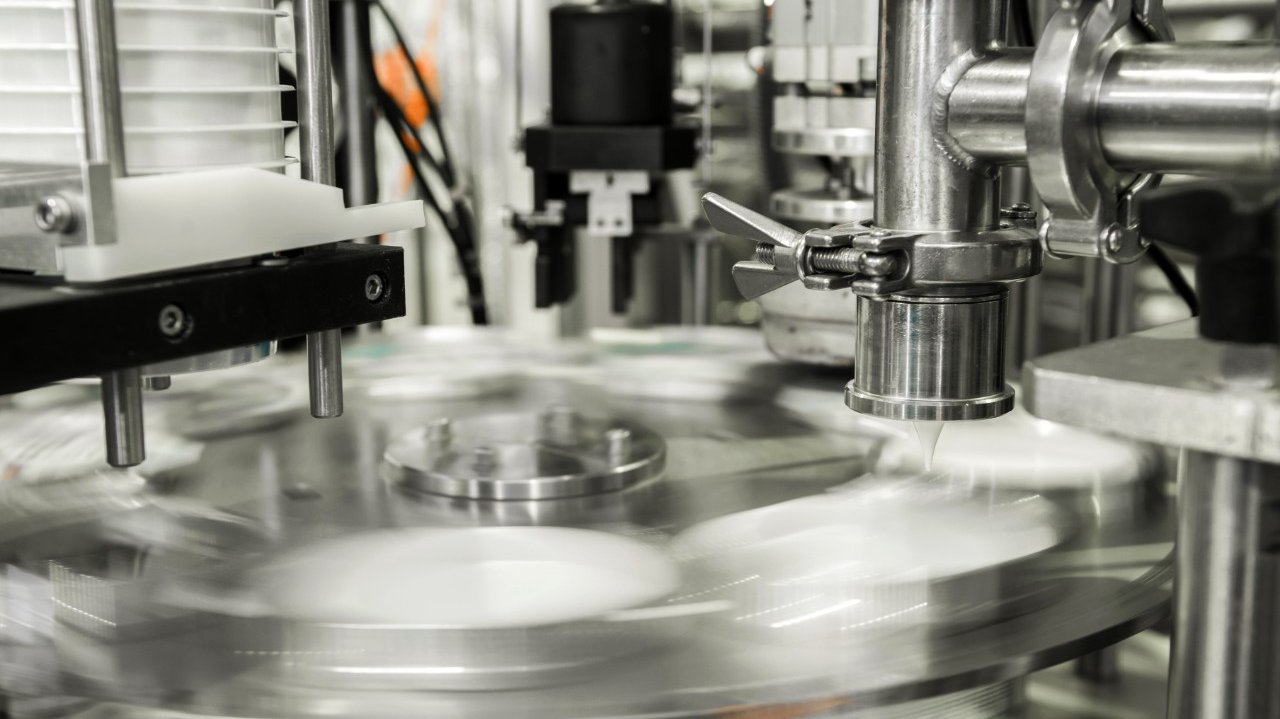
Transparency improves quality assurance and compliance
Virtually no other sector is subject to such tight controls as the dairy industry. The consistent monitoring of key quality standards – including the individual farms, dairy and retail stores – forms the basis of a seamless quality management system. Production in tanks, however, means that different milk batches are constantly combined. Recording these complex processes manually involves an extremely high investment in resources. The digitalisation of quality-related information makes it possible to trace supply flows back to a specific batch and takes risk management across supply chains onto a whole new level.

Consumer trust – data makes the difference
For consumers, factors such as freshness, origin, animal husbandry, feed and sustainable production processes play a critical role in their purchasing decisions. At the point of sale, shoppers are showing a growing interest in products’ value chains – and demand is also growing for clear, verifiable information. With ftrace, consumers can simply scan a QR code to find out where a batch of raw milk comes from, for example, and also when, where and how it was processed.

